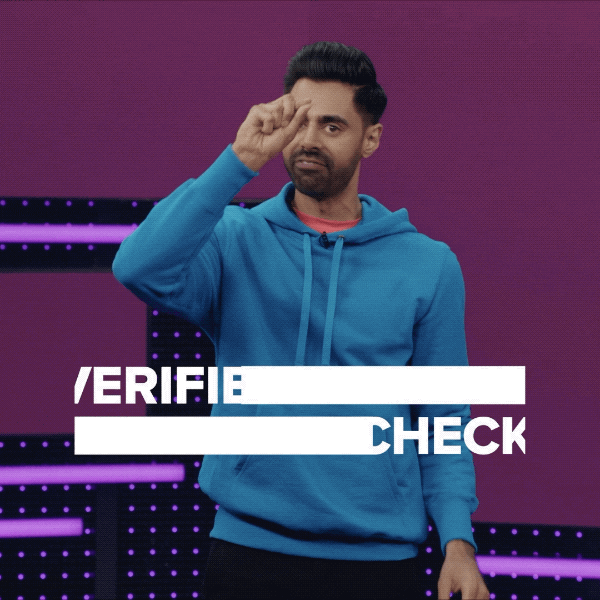
10 Steps to Successful Influencer Marketing
Influencer marketing can be a polarizing topic.
Depending on who you talk to, you may hear a success story about how a single paid post quadrupled brand revenue and resulted in thousands of new Instagram followers.
Or, you may get an eye roll, and hear about thousands of wasted marketing dollars spent on inauthentic, bought bot followers, and low engagement.
The truth is, influencer marketing can be incredibly powerful and make or break a brand. But like any other marketing tool, its success depends on a careful strategy backed by data – and plenty of measurable ROI metrics.
It should also be used as one arm (albeit a big one) within a more holistic approach to digital marketing.
At The Launch, we’ve managed everything from million-dollar A-Lister influencer campaigns to conservative, geo-targeted campaigns with micro-influencers who charge $200 per post – and everything in between.
What we’ve learned: while significant influencer investments can absolutely work, being posted by an influencer with a huge following does not automatically convert to e-commerce success or even new followers for your brand’s page. If only it were that simple!
But we have found that there are 10 things you can do to pick the right influencer, get bang for your buck and ensure the best conversion rates possible.
1. Ask for a rate kit
This should include general info about the influencer’s social presence, what types of brands they’ve worked with, example posts, post package info, prices, contact info, and more.
2. Get additional engagement statistics where applicable
Often, rate kits won’t include engagement rates (which constantly change anyway). Ask to see up to date engagement stats for feed posts and stories – just a screenshot of the back-end analytics will give you everything you need to know!
3. Analyze the audience demographics (make sure your customers are in there)
It can be interesting to delve into demographics – someone off first glance could seem like a great fit for your brand. Then when you analyze their audience, you may find that their top cities are not markets where you’re trying to drive customers, or that they have more male than female followers when your target customer profile is women.
4. Ask for example conversion data from other brand campaigns they’ve done and what has worked
Nobody knows their followers better than them. Successful influencers spend a lot of time finding out what types of content their audience wants to see and interacts with the most. The really savvy ones will be able to provide examples of when their content was most successful in terms of conversions. If the case study can be applied to your brand, you may want to try replicating something similar!
5. Ask for the best times of day
Most engaging post times may differ from influencer to influencer, depending on time zones and other factors. Ask that your post go live at the optimal time for best visibility and engagement.
6. Put a unique code in place so you can track conversions
If you have a retail or e-commerce component to your business (e.g., an online store), create a unique code that customers can use at checkout. This will very quickly show you what’s working and where to re-invest your influencer marketing dollars next time. If something is really working, go for a multi-post bundle next time – you’ll get a better deal.
7. Send a detailed brief
Be as specific as you can about your expectations for a post, the type of imagery/styling/setting you prefer, your brand’s key messages, the type of language you want to see, the relevant hashtags and @ tags that need to be included.
8. Pay on delivery of the live content
This is fairly standard, and it helps incentivize influencers to post more quickly if they can’t invoice until they’ve posted. Occasionally some influencers may ask for a 50% deposit upfront – use your discretion as to how established and respected they are before you do this.
9. Be responsive
Social media will only work as hard as you do. Once the influencer post goes live, and people start liking and commenting, there will probably be some questions relating to your brand. Jump in there from your brand’s page and use this an opportunity to convert comments into customers (or at least followers).
10. Create an influencer agreement
Put all the posting terms into a formal agreement and have the influencer sign it before you ship out products, before they shoot their content, and definitely before you pay them.

